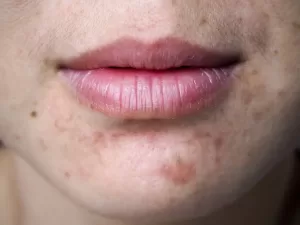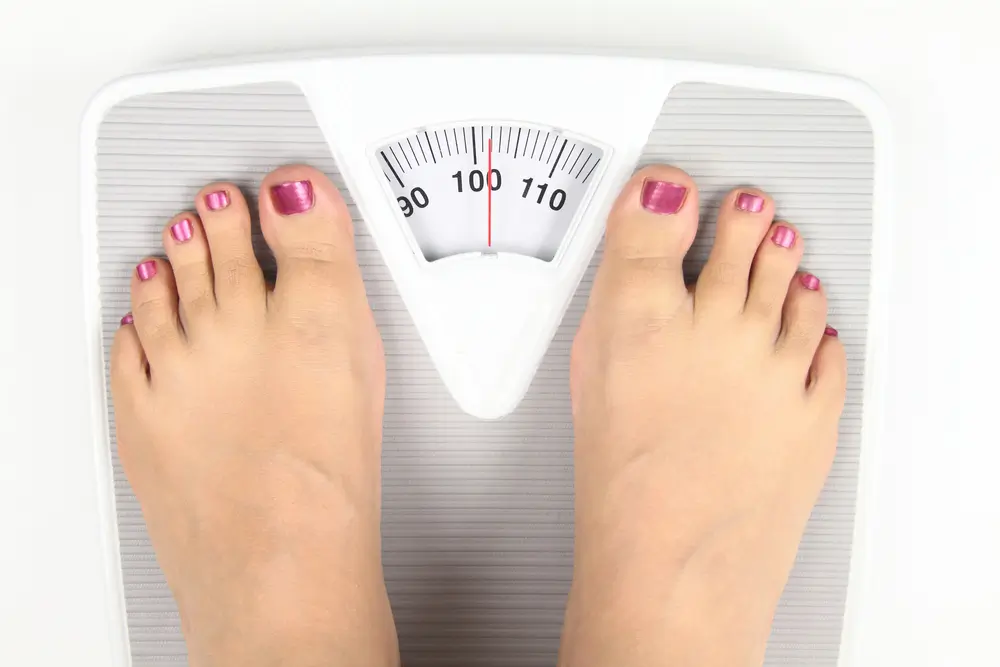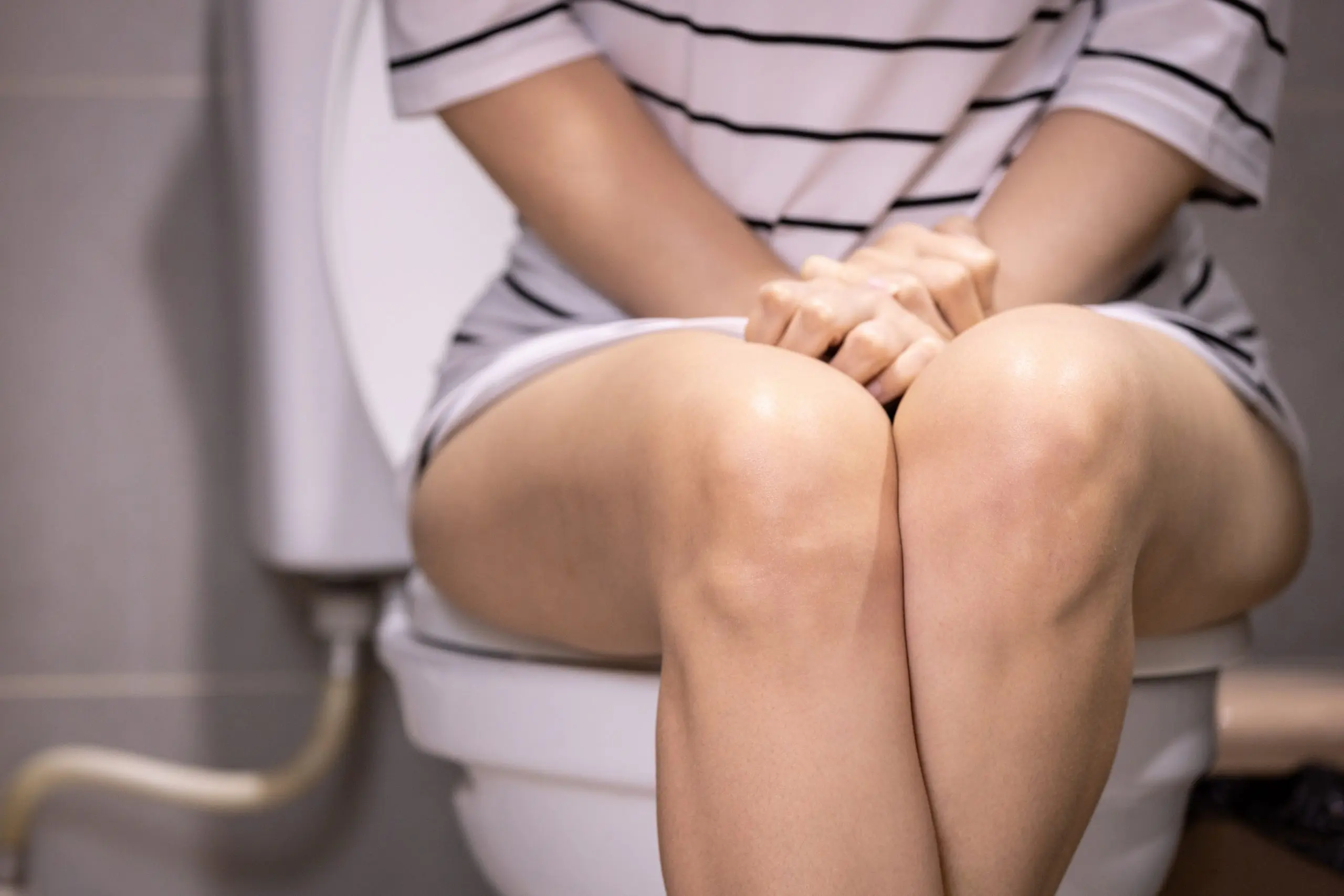What is PCOS and how is it diagnosed?
Around 1 in 10 women are thought to have “polycystic ovarian syndrome” , also known as PCOS – so it’s pretty common.
There are a few ways to make a proper diagnosis of PCOS- one of the most common methods states that at least 2 of the following features need to be present:
(a) polycystic ovaries – lots of small cysts on the ovaries, as seen on a pelvic ultrasound scan
(b) raised level of male hormones such as testosterone – this can be checked by a blood test
(c) reduced ovulation (this usually means having few or no periods)
It’s also necessary for your doctor to rule out any other medical conditions that can cause problems similar to the symptoms of PCOS
- You can have polycystic ovaries without having polycystic ovarian syndrome. Many women have multiple cysts on their ovaries if an ultrasound scan is performed- but if testosterone levels are normal and regular ovulation is happening, then PCOS is NOT present.
- Other symptoms of PCOS include acne, unwanted hair growth (particularly on the face and tummy), weight gain and difficulty becoming pregnant. A minority of women with PCOS may get heavy or prolonged periods. Others may notice thinning of the hair on their heads ( even though they may have excessive hair growth elsewhere on the body).
Other health problems related to PCOS
PCOS is associated with a higher risk of some other medical conditions, including
- Obesity
- Type 2 Diabetes
- Obstructive Sleep Apnoea
- Endometrial (uterine) cancer
- Heart disease
- Mood disorders
What about treatment for PCOS?
- There are various types of treatment, depending on which symptoms of PCOS are most troublesome.
- There are 4 key areas that should be tackled in women with PCOS. These are:
- achieving regular periods- overgrowth of the lining of the uterus can occur if a woman has few periods, and this can lead to cancerous changes over the years if not managed properly
- managing insulin resistance and reducing the risk of diabetes
- assisting with fertility
- reducing acne and hirsutism (unwanted hair growth)
- Increased exercise and healthy eating habits are important, particularly in view of the diabetes risk. The contraceptive pill may be used to regulate the menstrual cycle, and in some women it may help with acne and excess hair growth.
- There are various ways to tackle hirsutism (excess facial and body hair). Medications such as the contraceptive pill may help some women. And, of course various hair removal techniques, ranging from waxing to laser treatment can be considered.
- If a woman has PCOS and has difficulty getting pregnant due to infrequent ovulation, she may be prescribed treatment to induce ovulation. This drug stimulates the ovaries, causing the woman to ovulate. It can have side effects, such as excessive ovulation, which can make a woman quite unwell, so it’s important that it’s used under medical supervision- usually this is under the care of a gynaecologist.
- There is a higher rate of insulin resistance and Type 2 Diabetes in women with PCOS- sometimes medication used to treat diabetes is used to help. It seems to help regulate the menstrual cycle and ovulation in some women also. A fasting blood sugar level, or even a glucose tolerance test will usually be recommended from time to time in women with PCOS.
To find out more about PCOS, or if you think you may have it, speak to your doctor.
Getting a Mental Health Care Plan in Australia: Your Guide
Getting a Mental Health Care Plan in Australia: Your Guide Mental health matters—and if you’re feeling overwhelmed, anxious, or down, a mental health care plan can help. But what is it, and how do [...]
UTI Symptoms and Treatment: What You Need to Know
UTI Symptoms and Treatment: What You Need to Know Urinary Tract Infections (UTIs) are common, uncomfortable, and often disruptive. But what exactly are the signs to watch for, and how can you get relief [...]
Free Mental Health Care Plan Online | Bulk-Billed by Qoctor
Free Mental Health Care Plan Online | Bulk-Billed by Qoctor Discover how to get a free, bulk-billed Mental Health Care Plan (MHCP) in Australia through Qoctor's telehealth service. Accessing [...]






